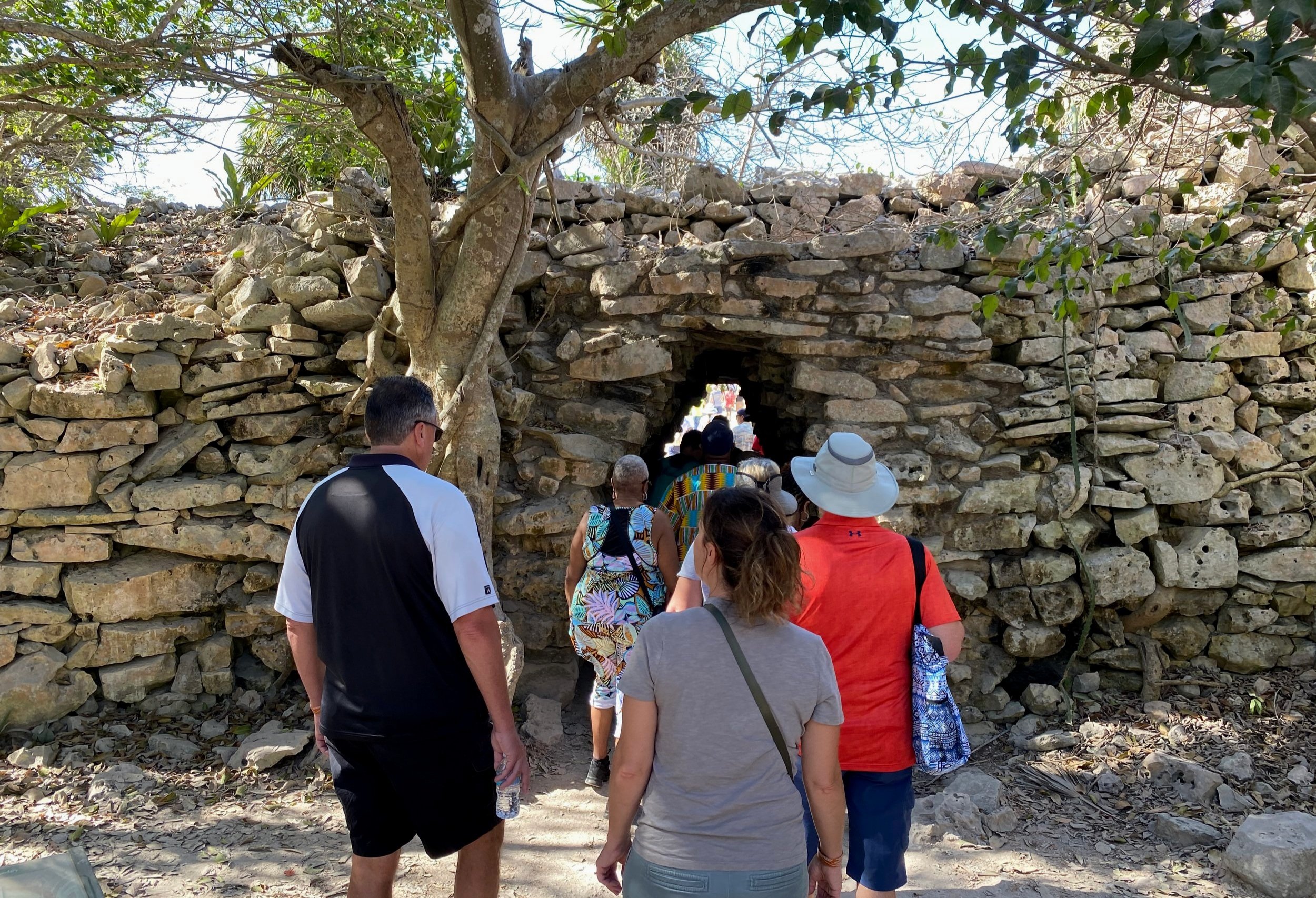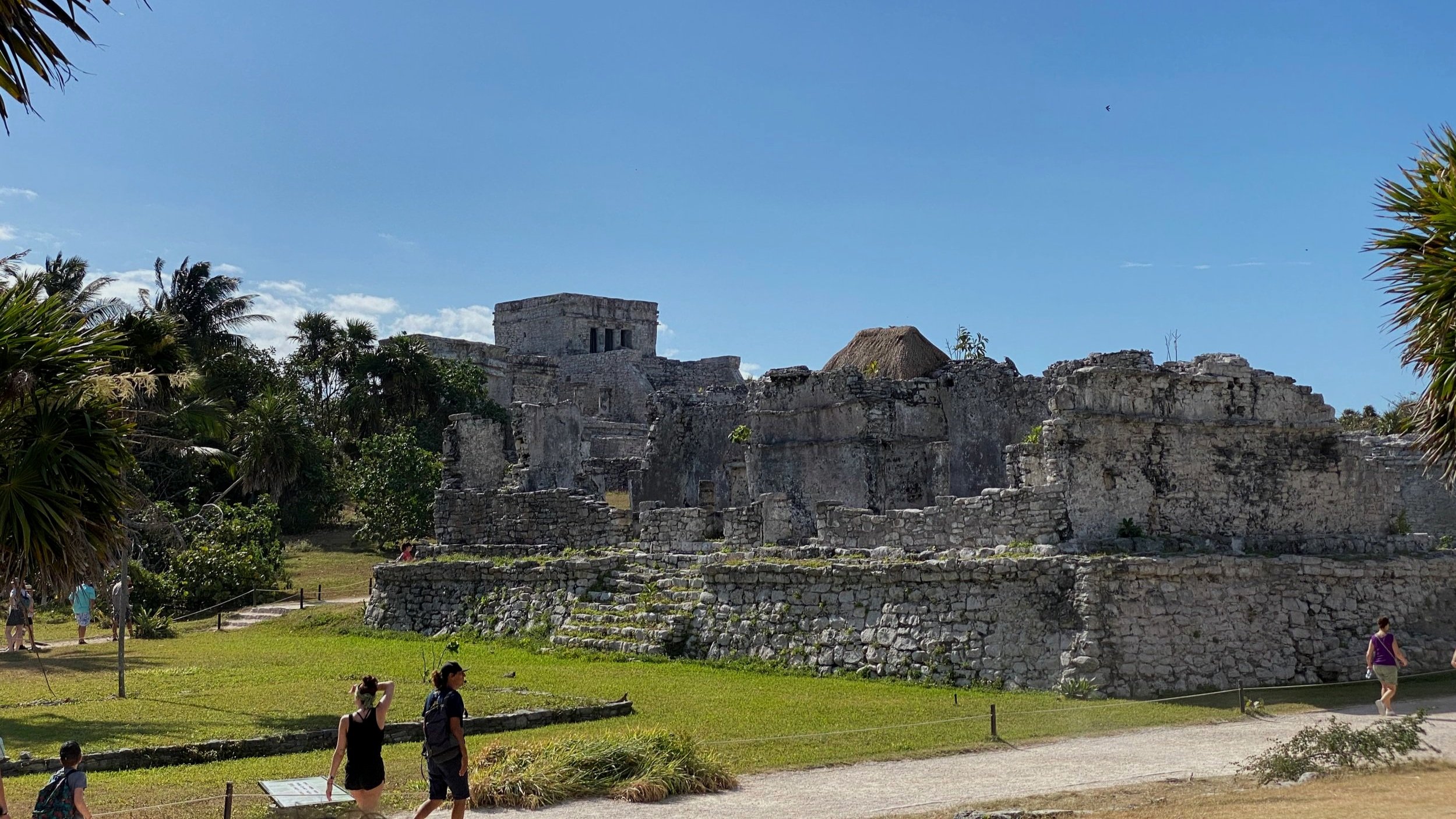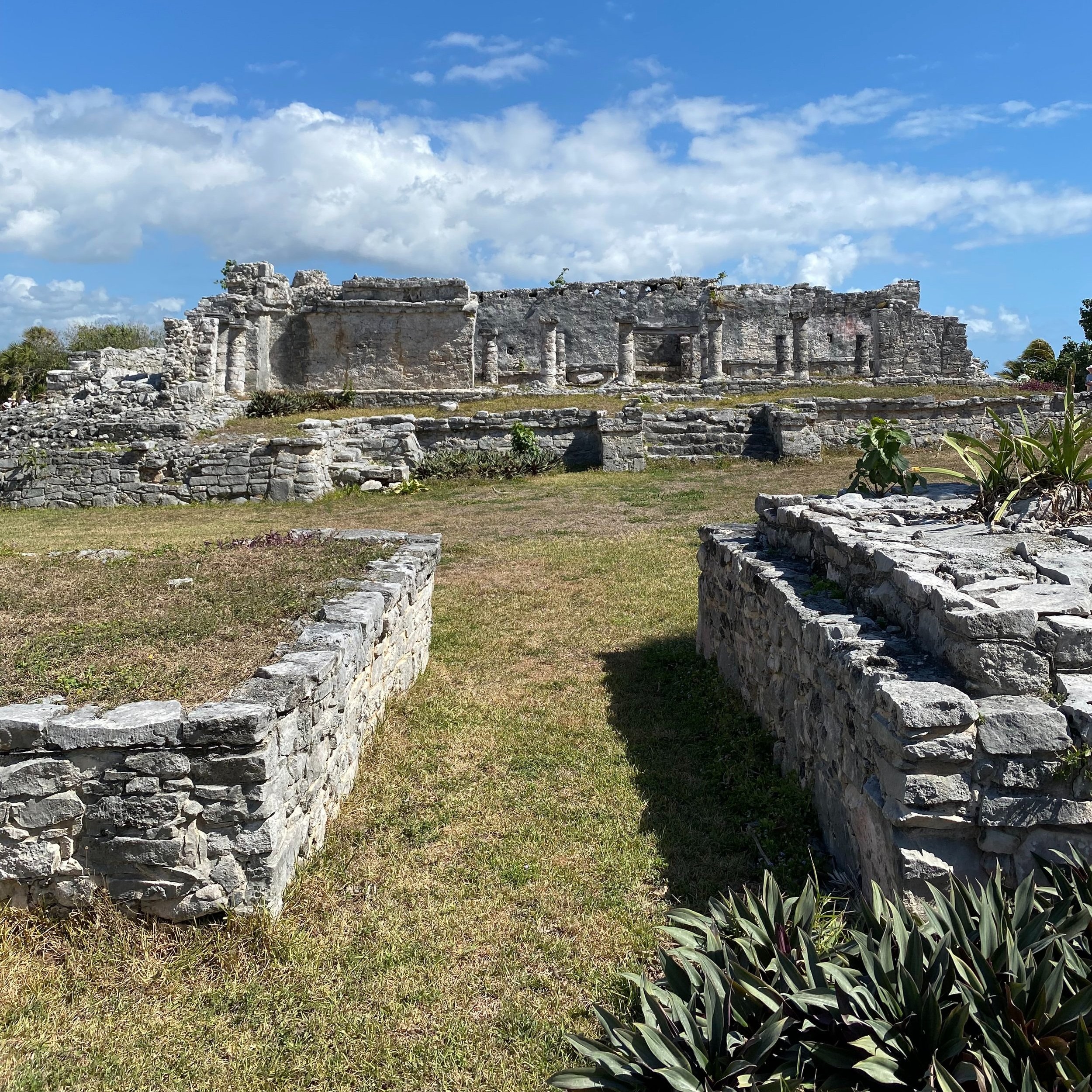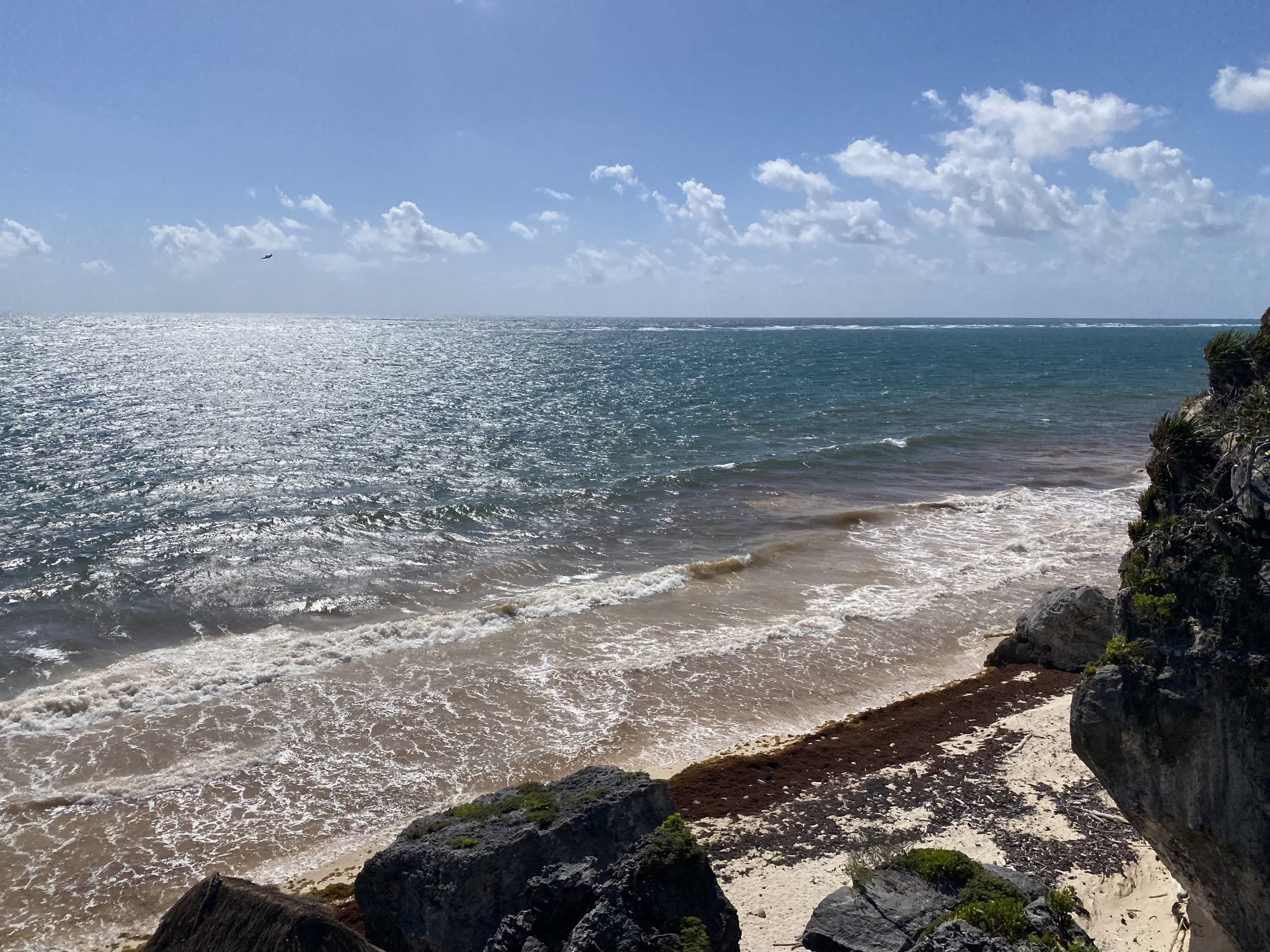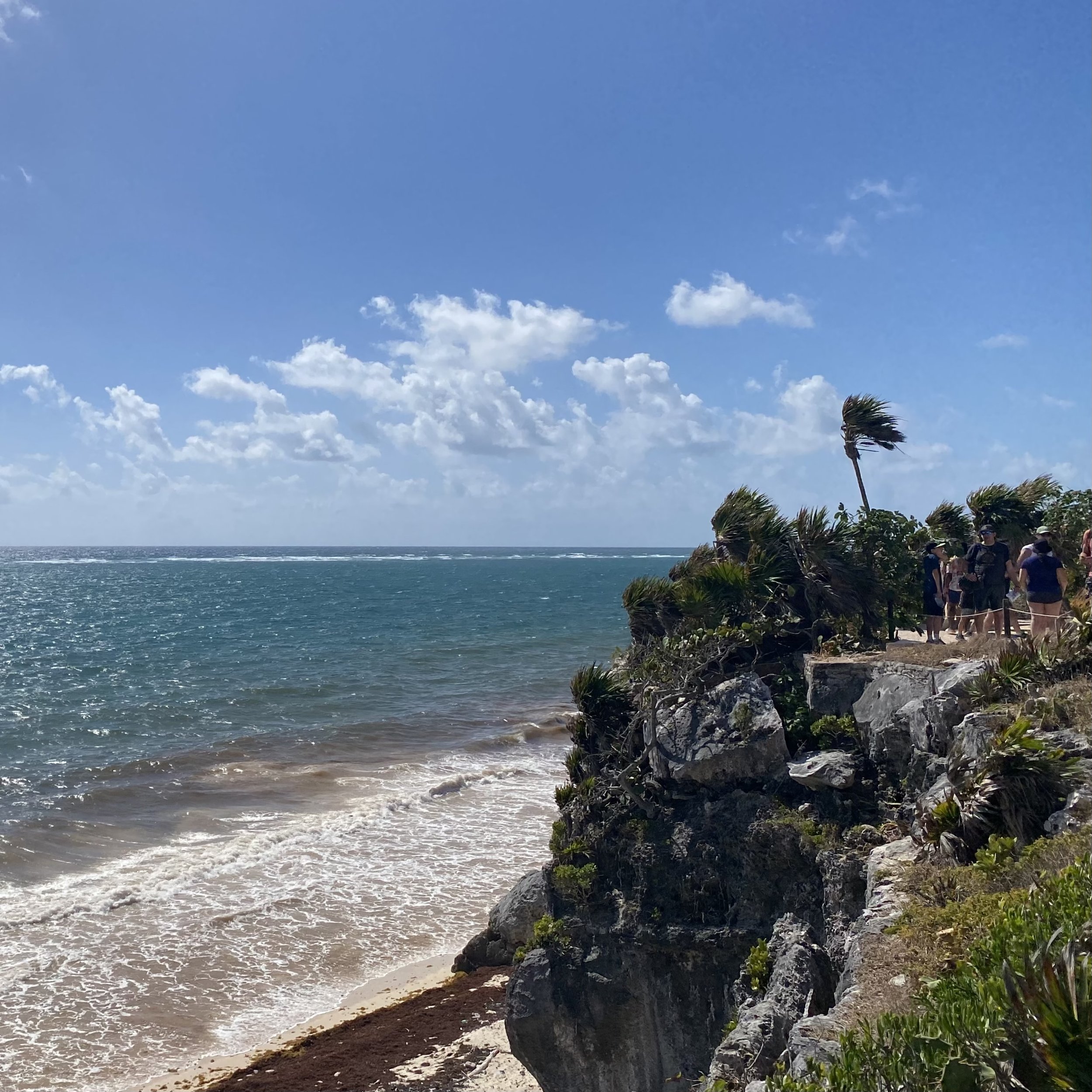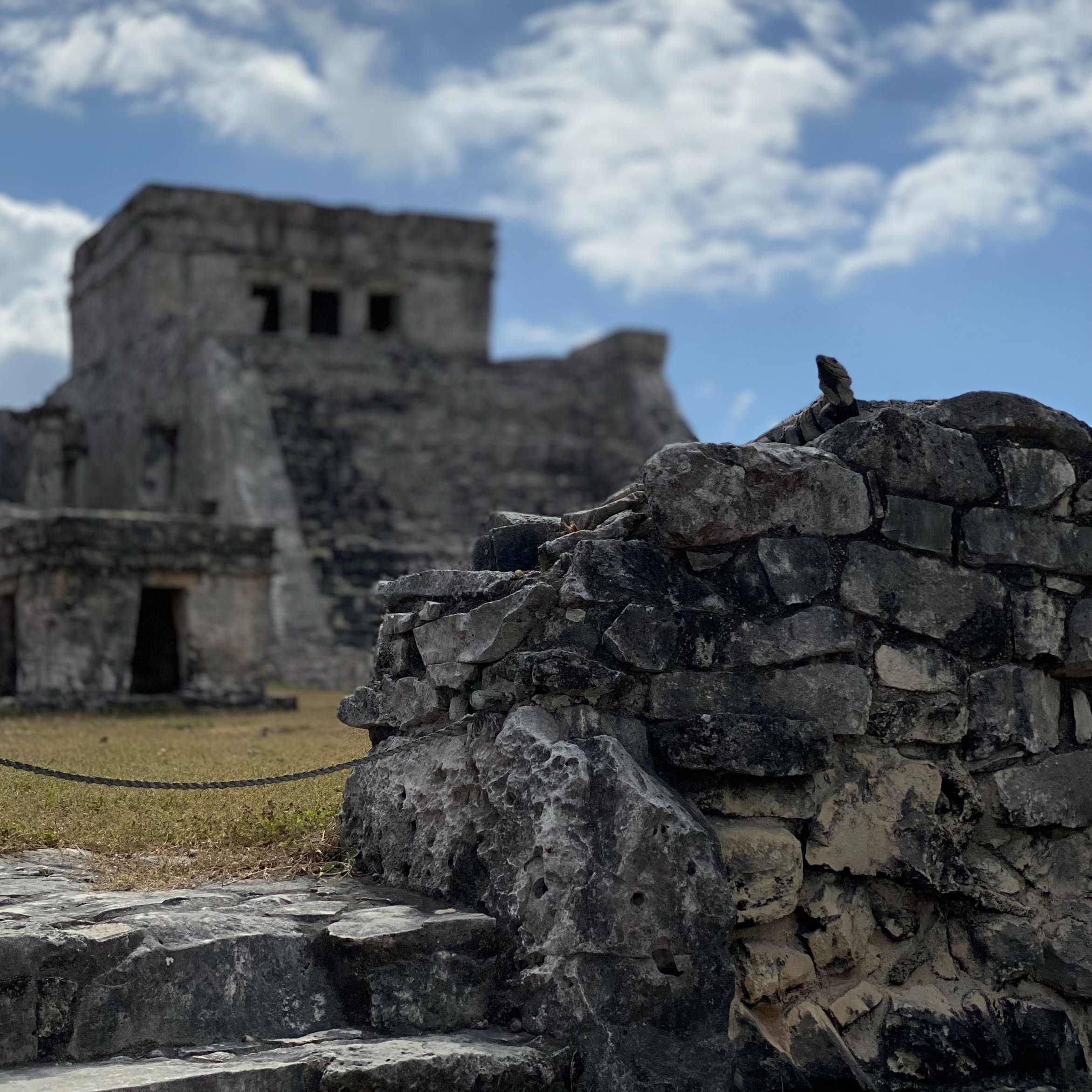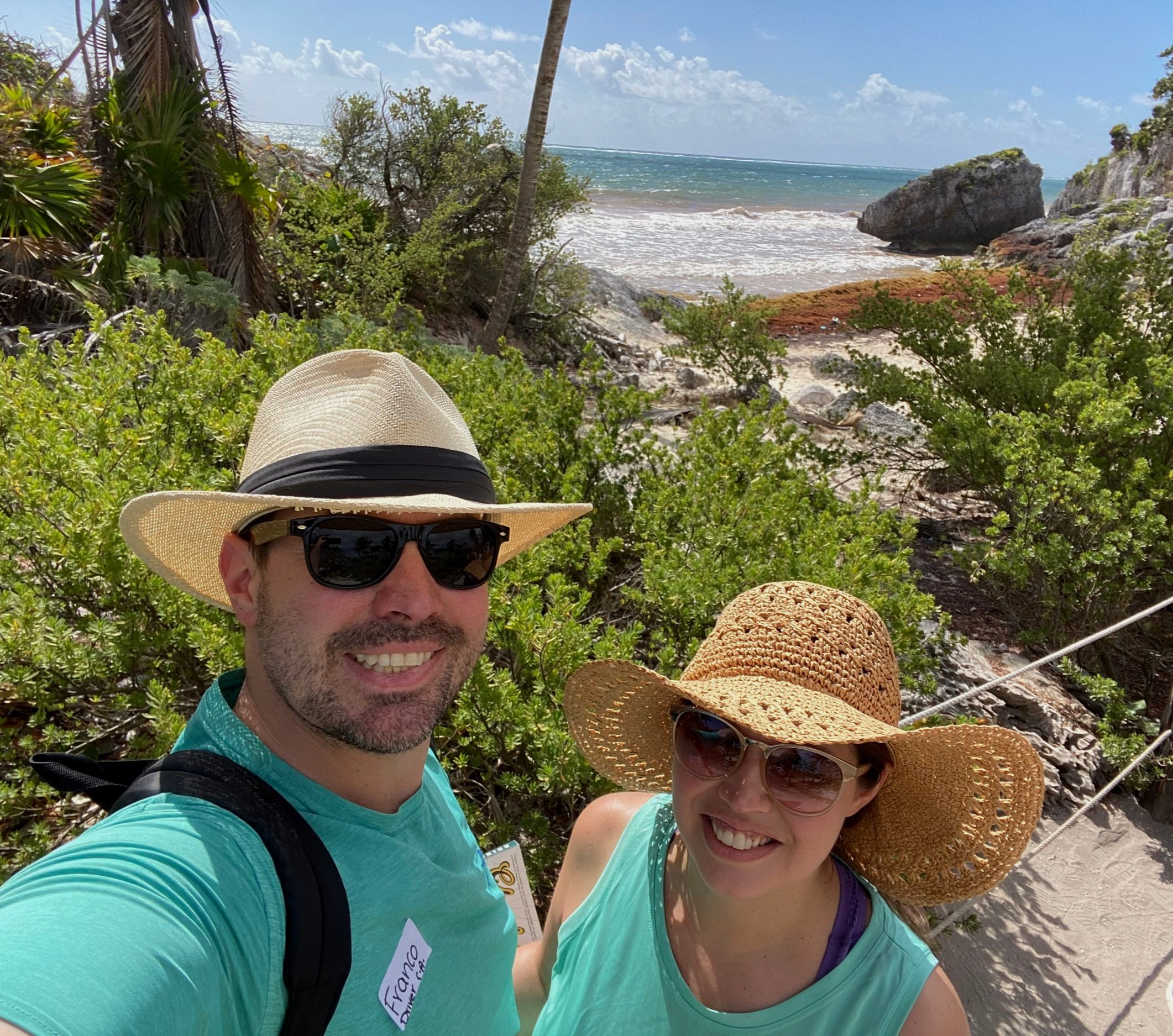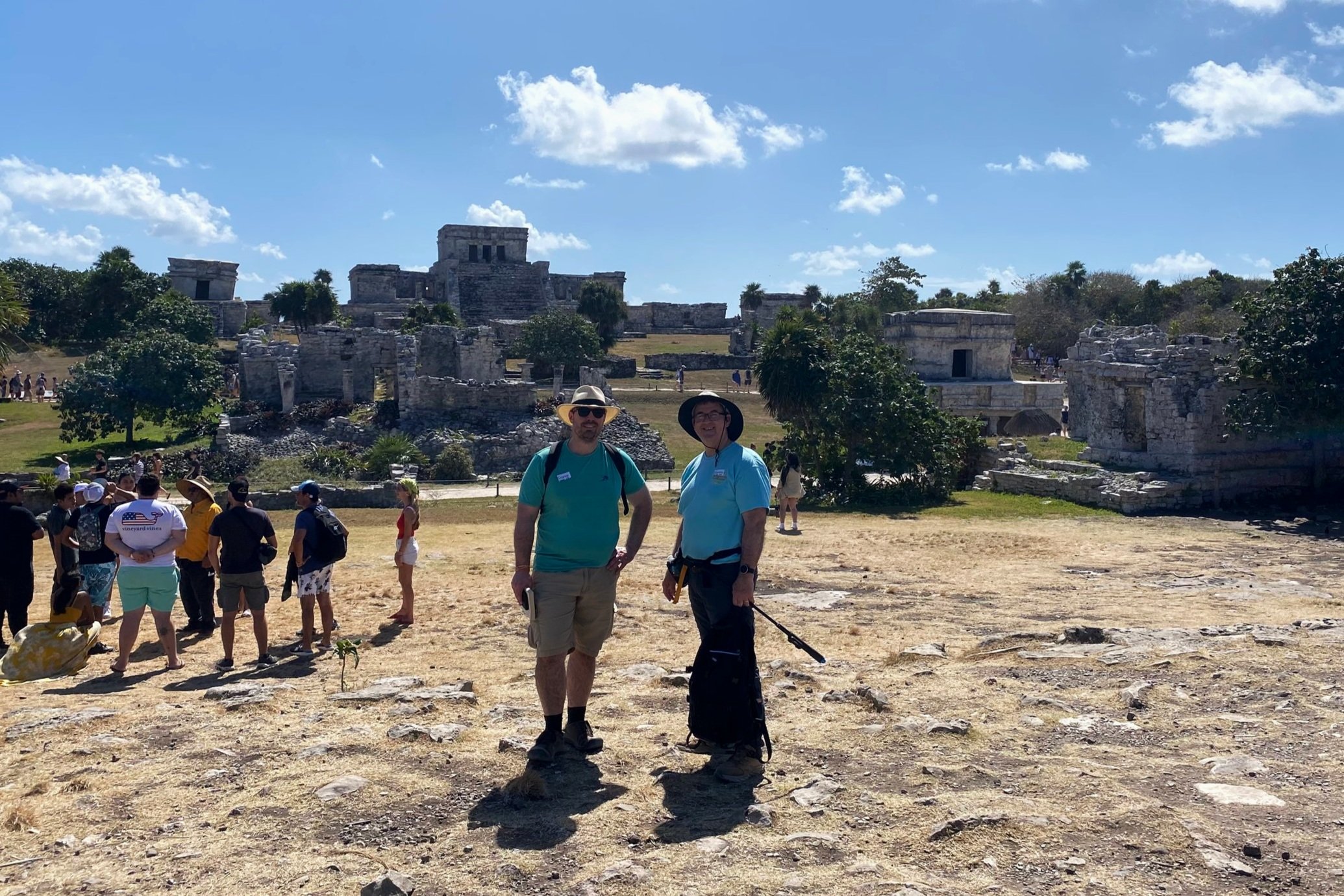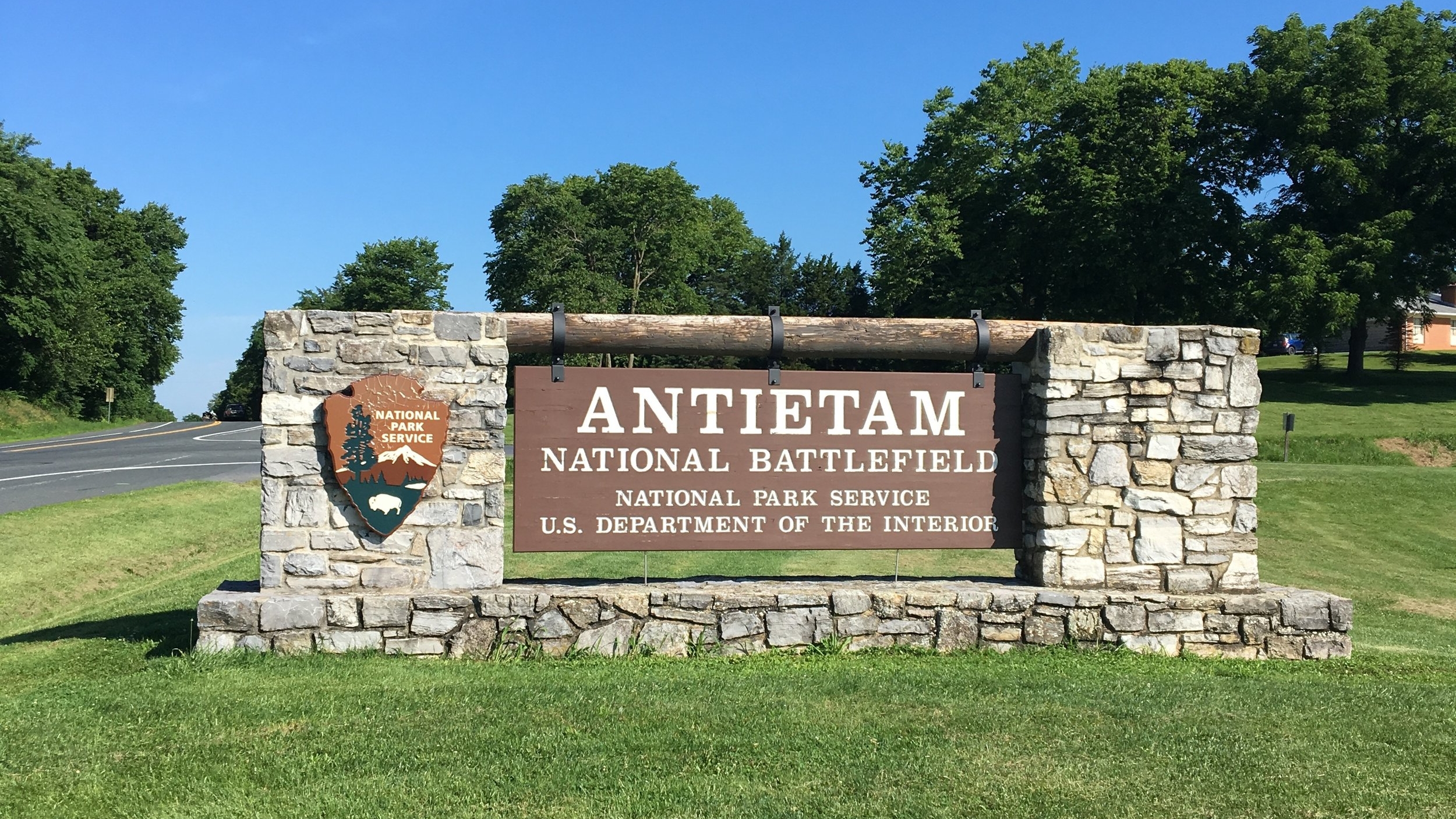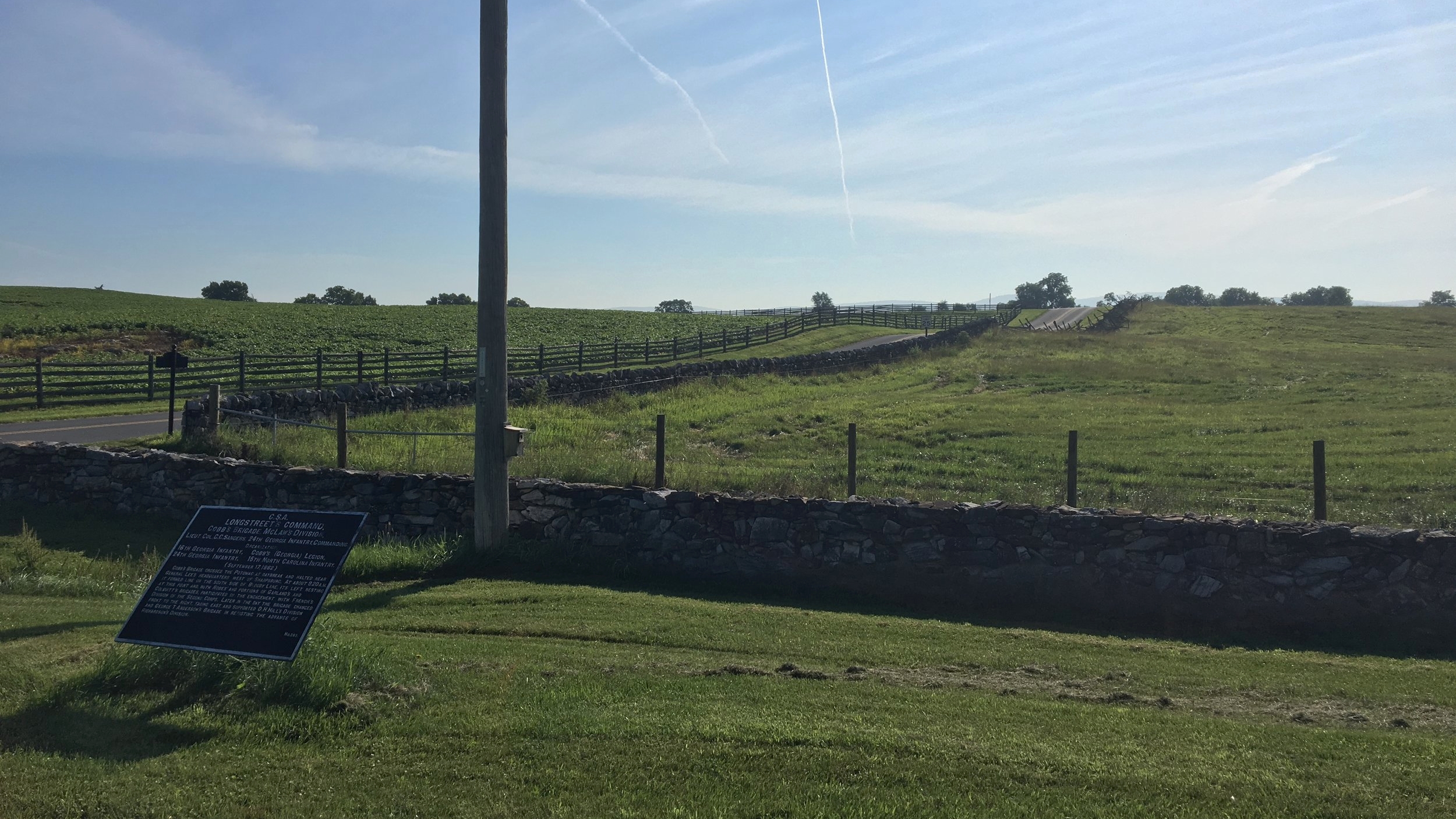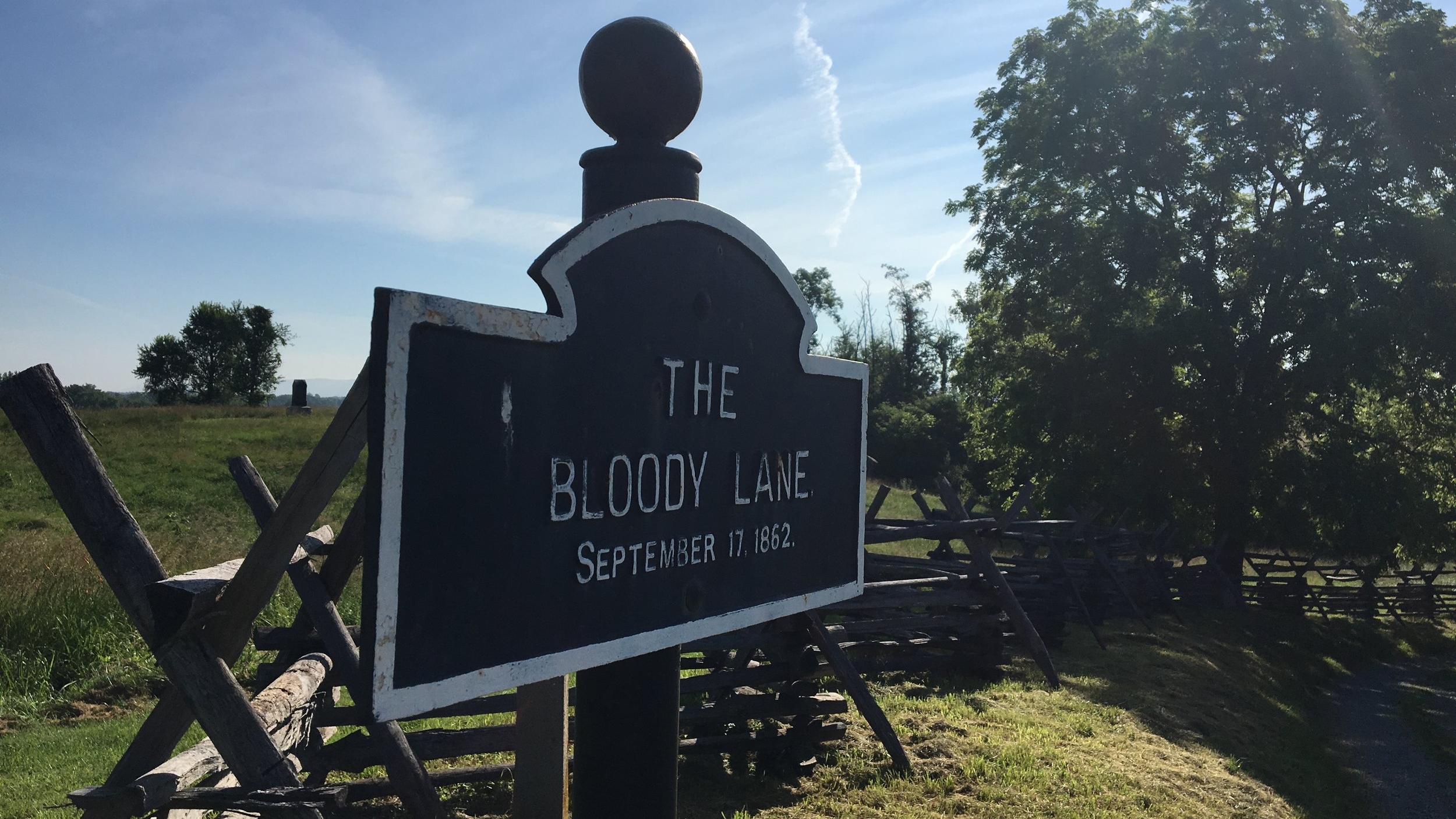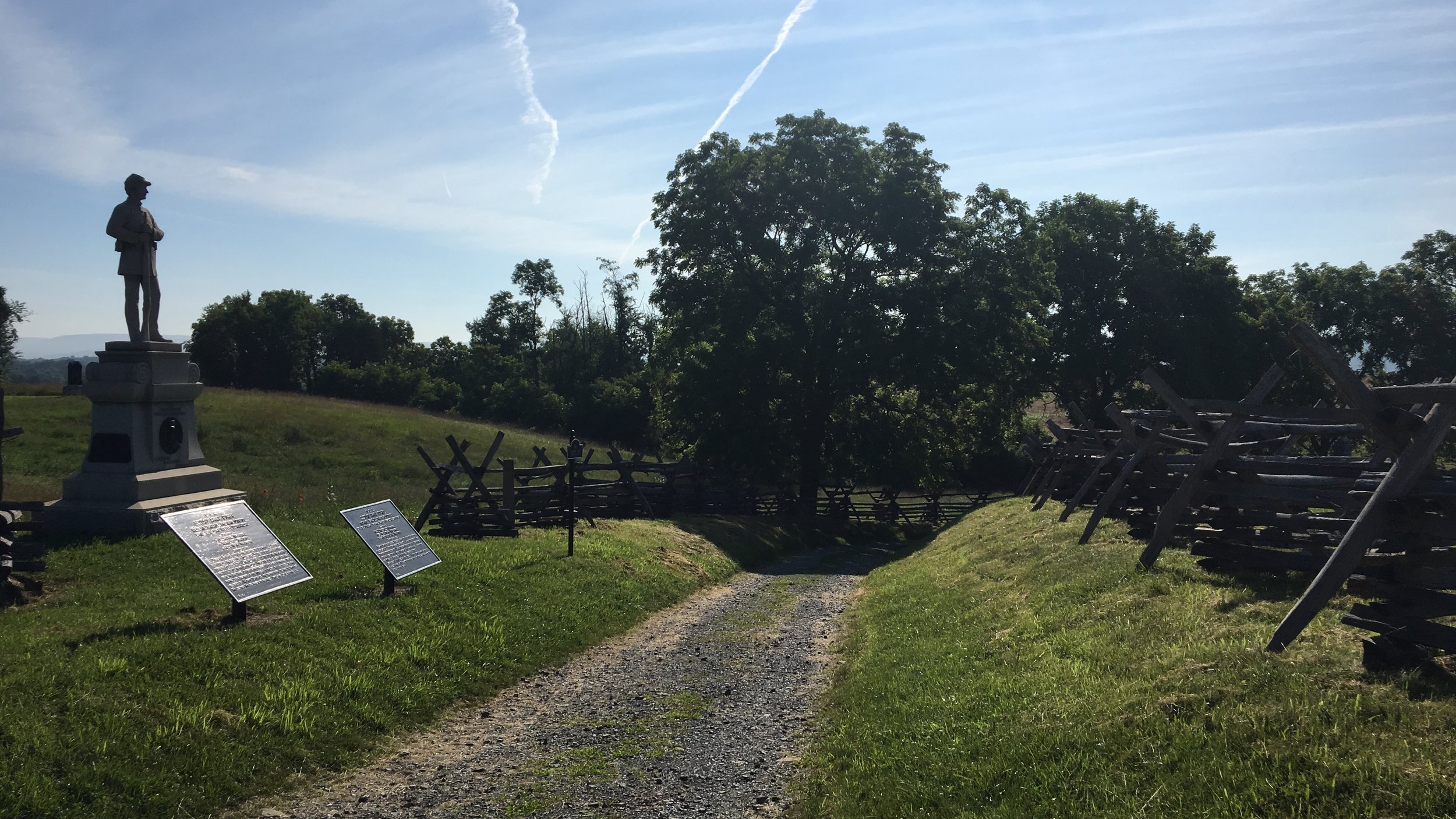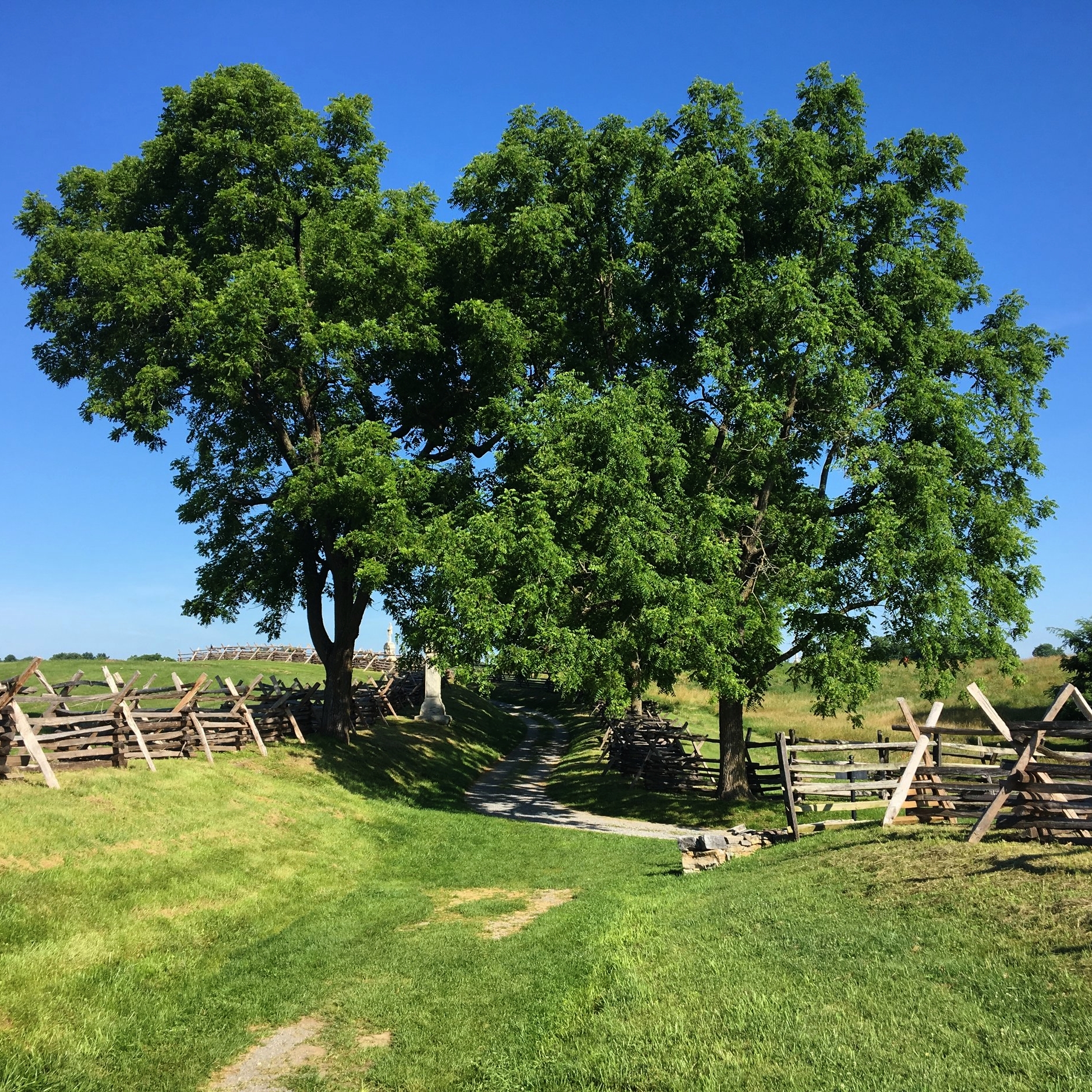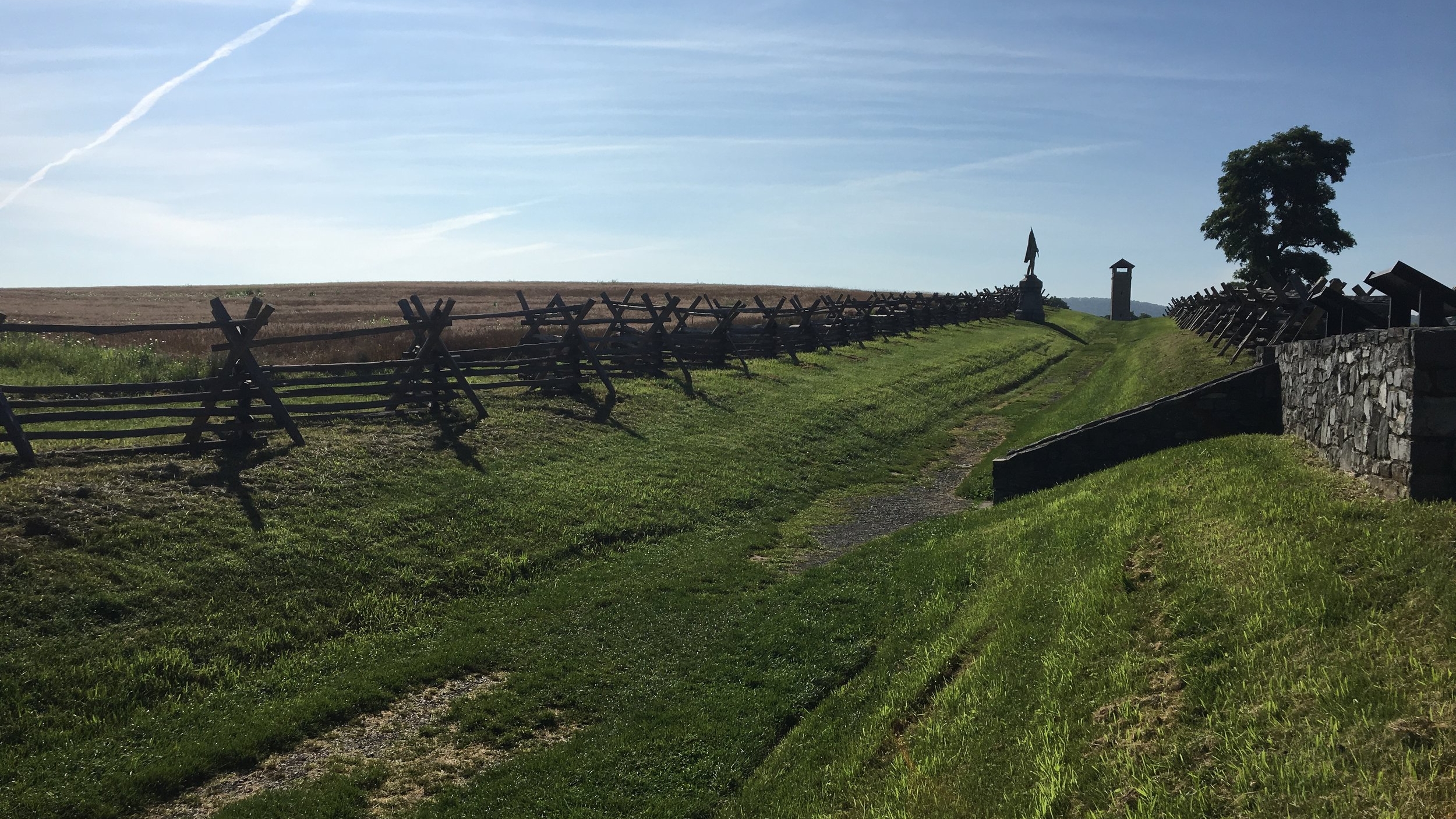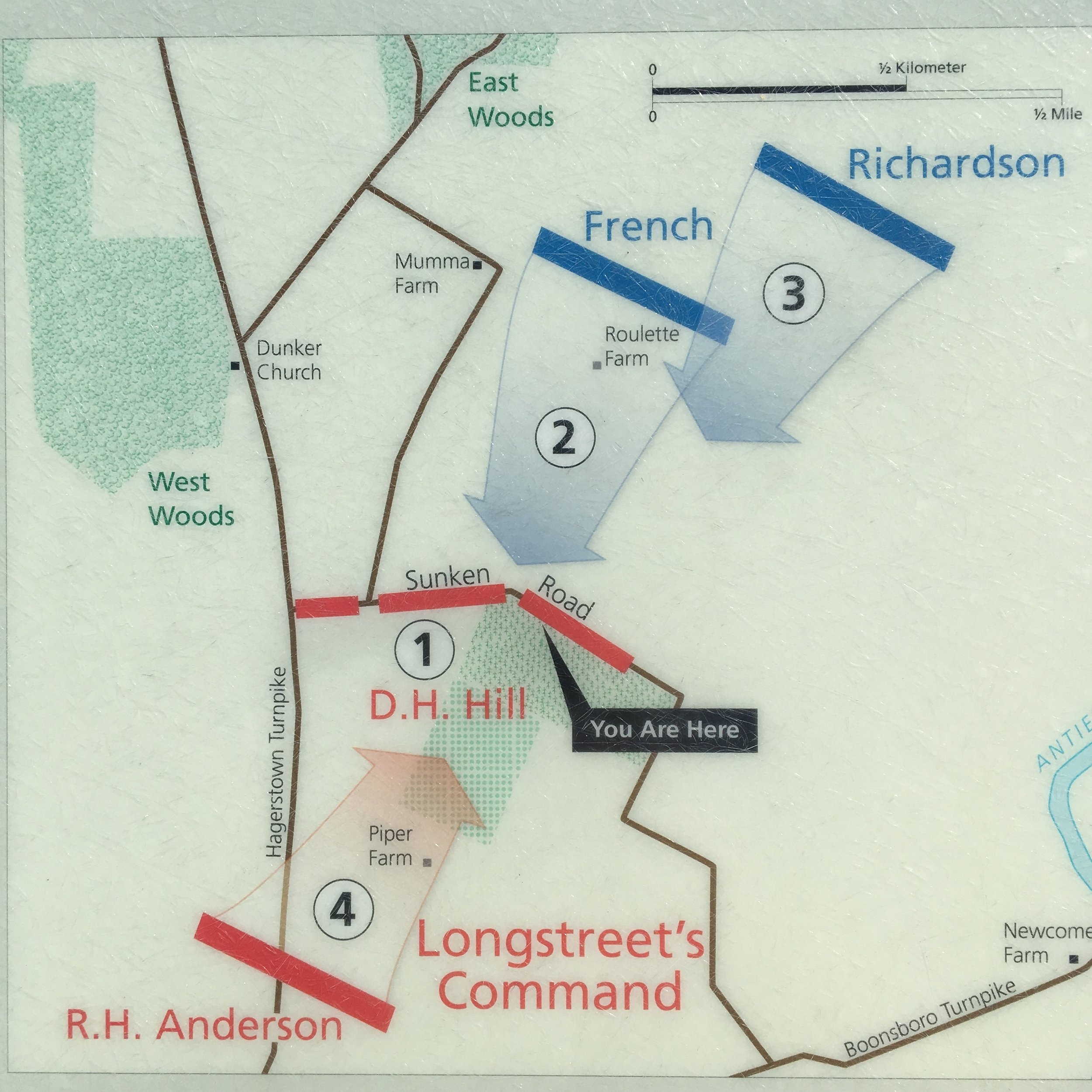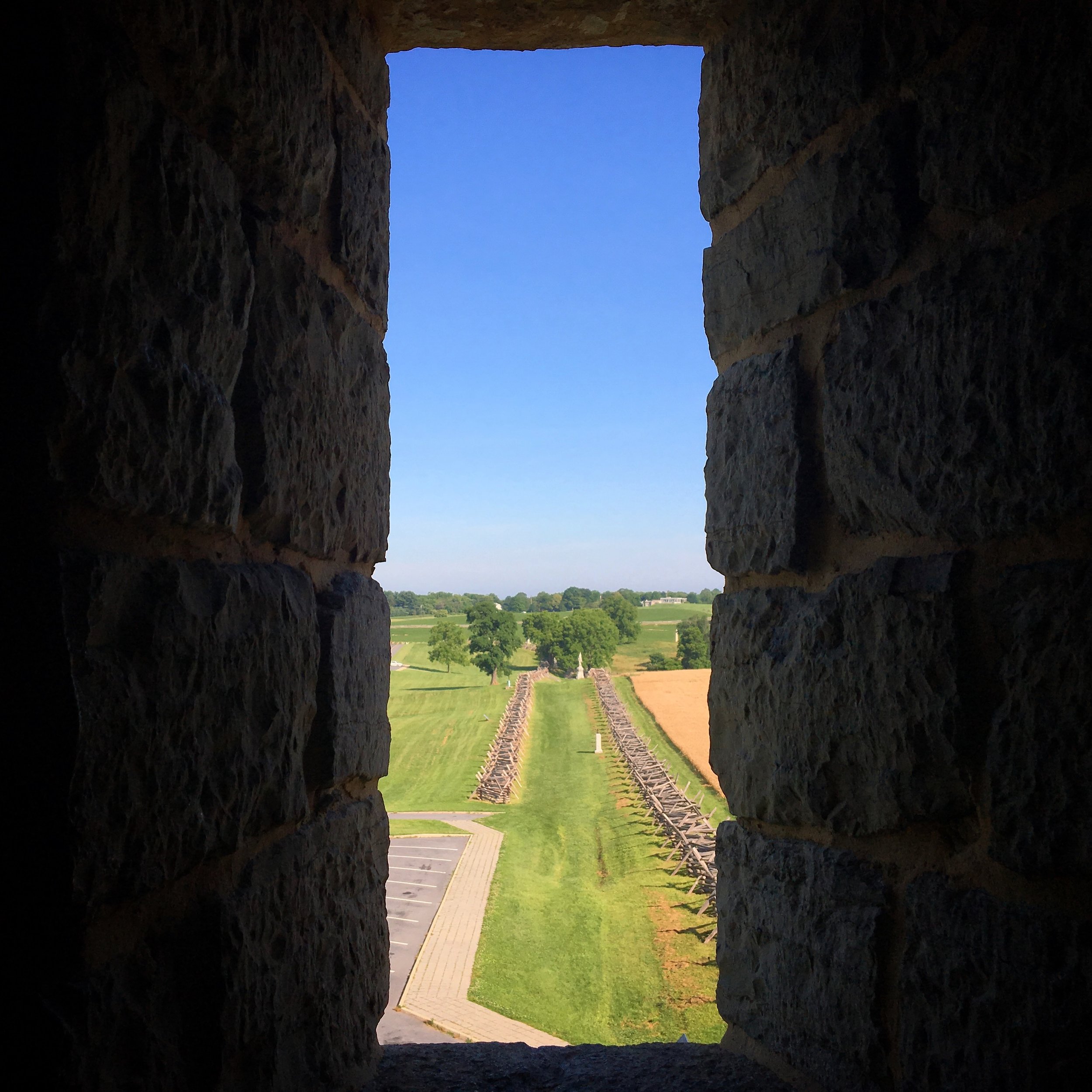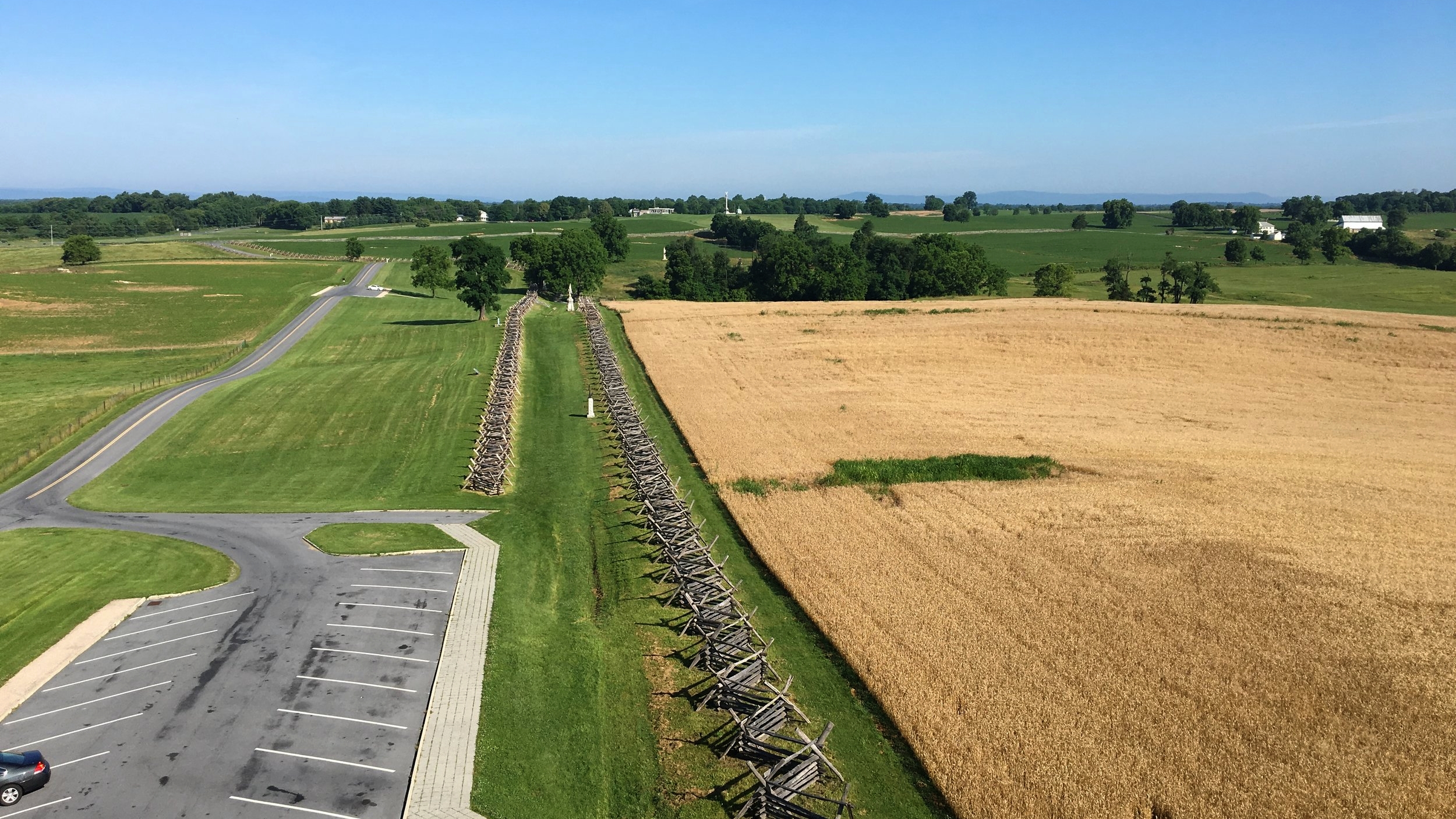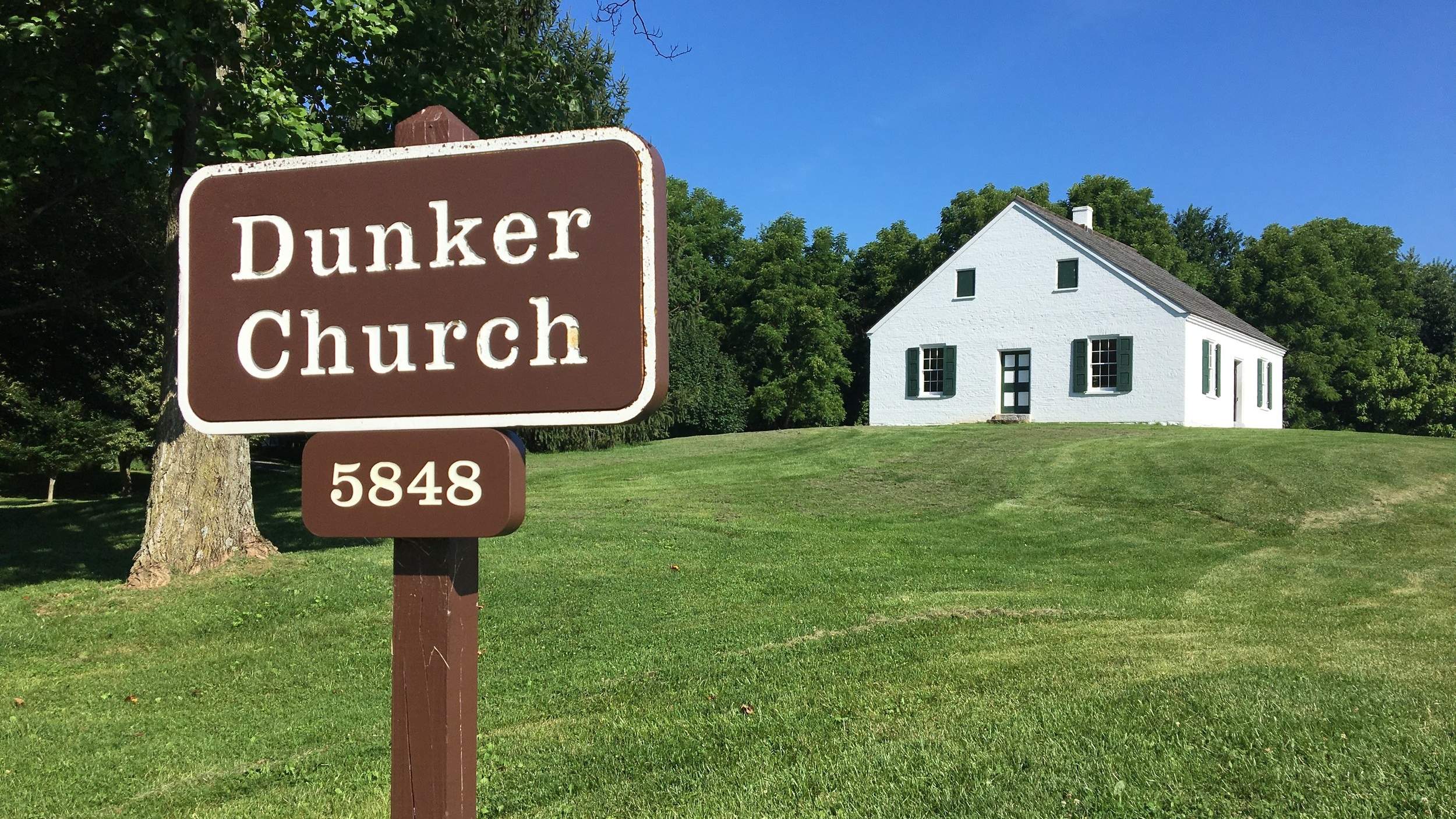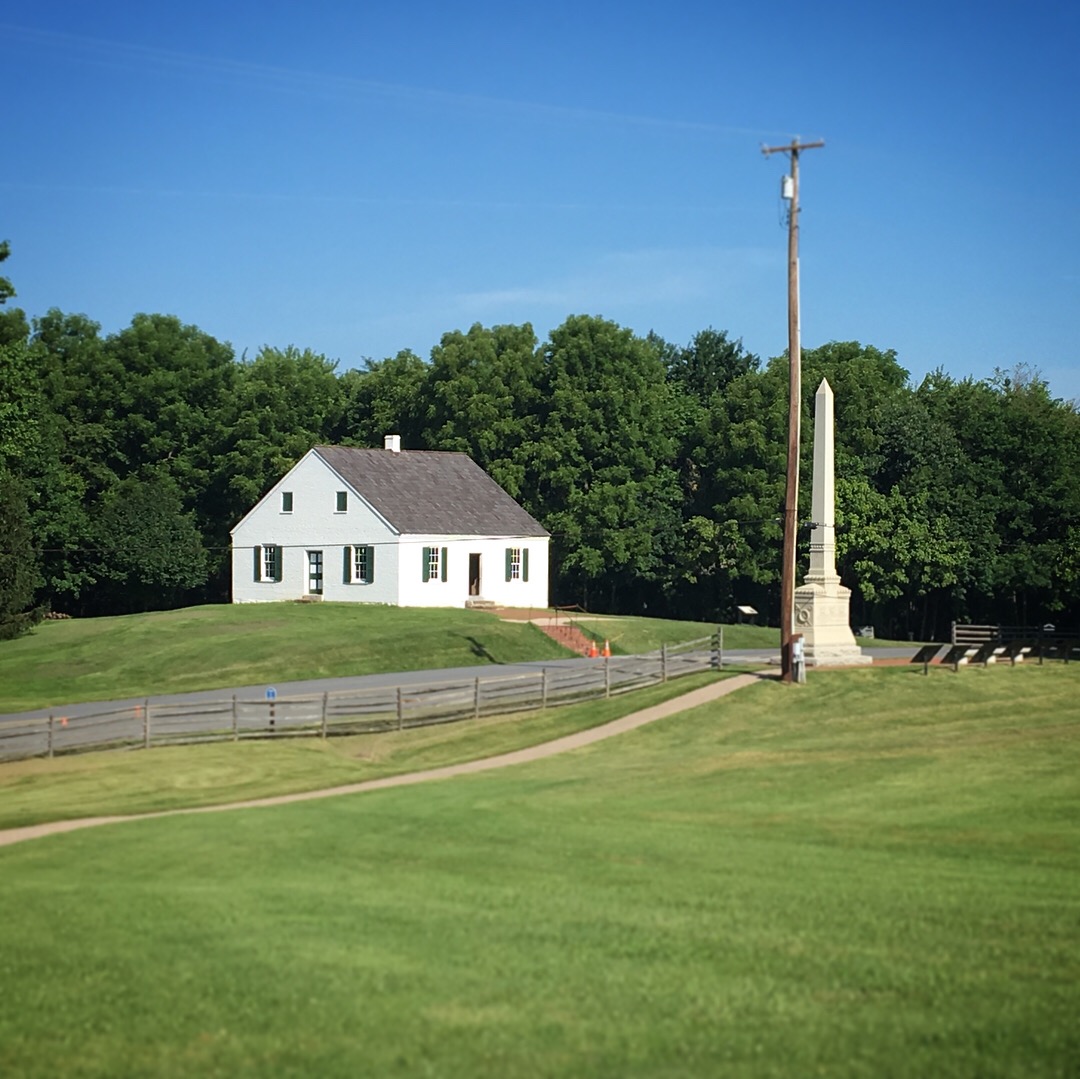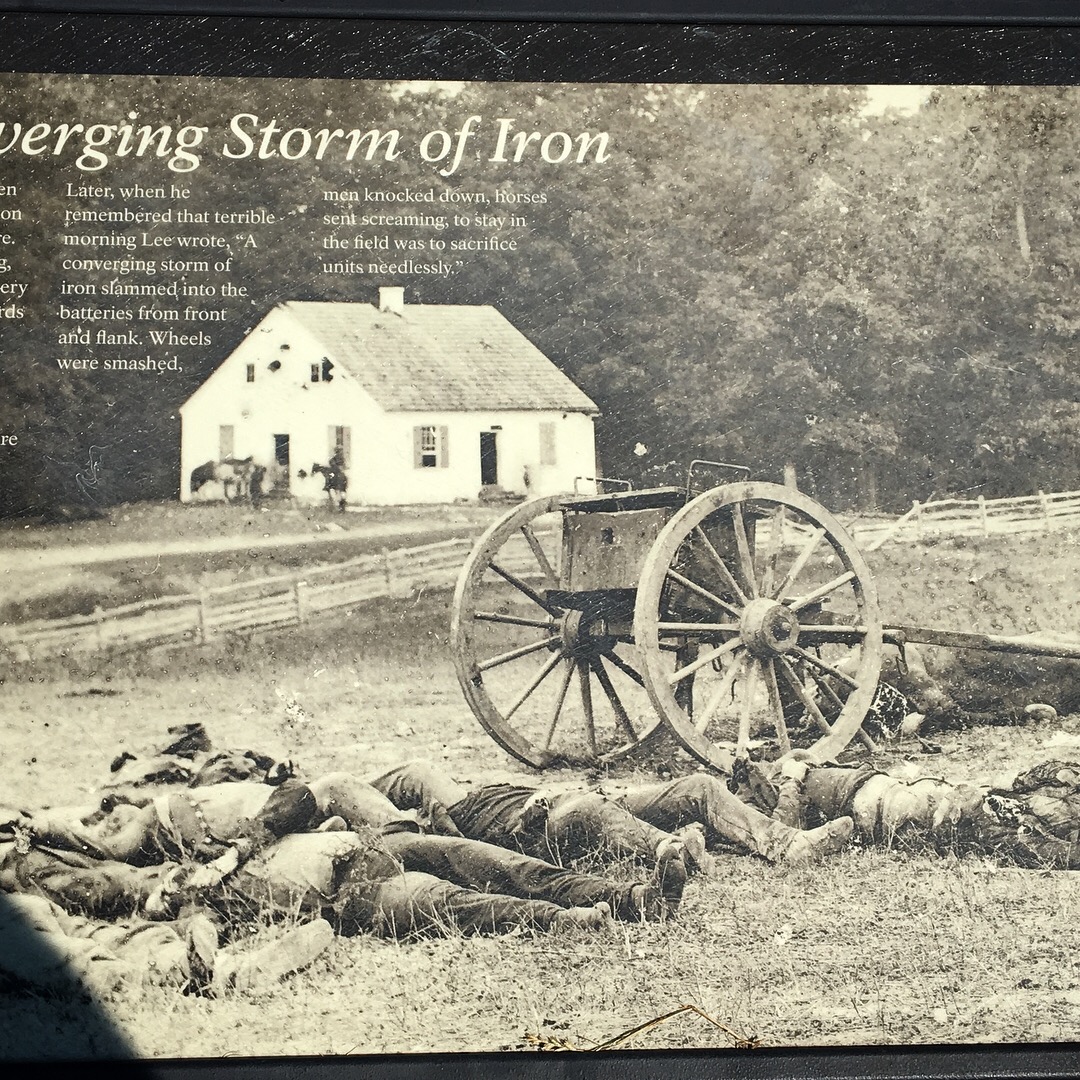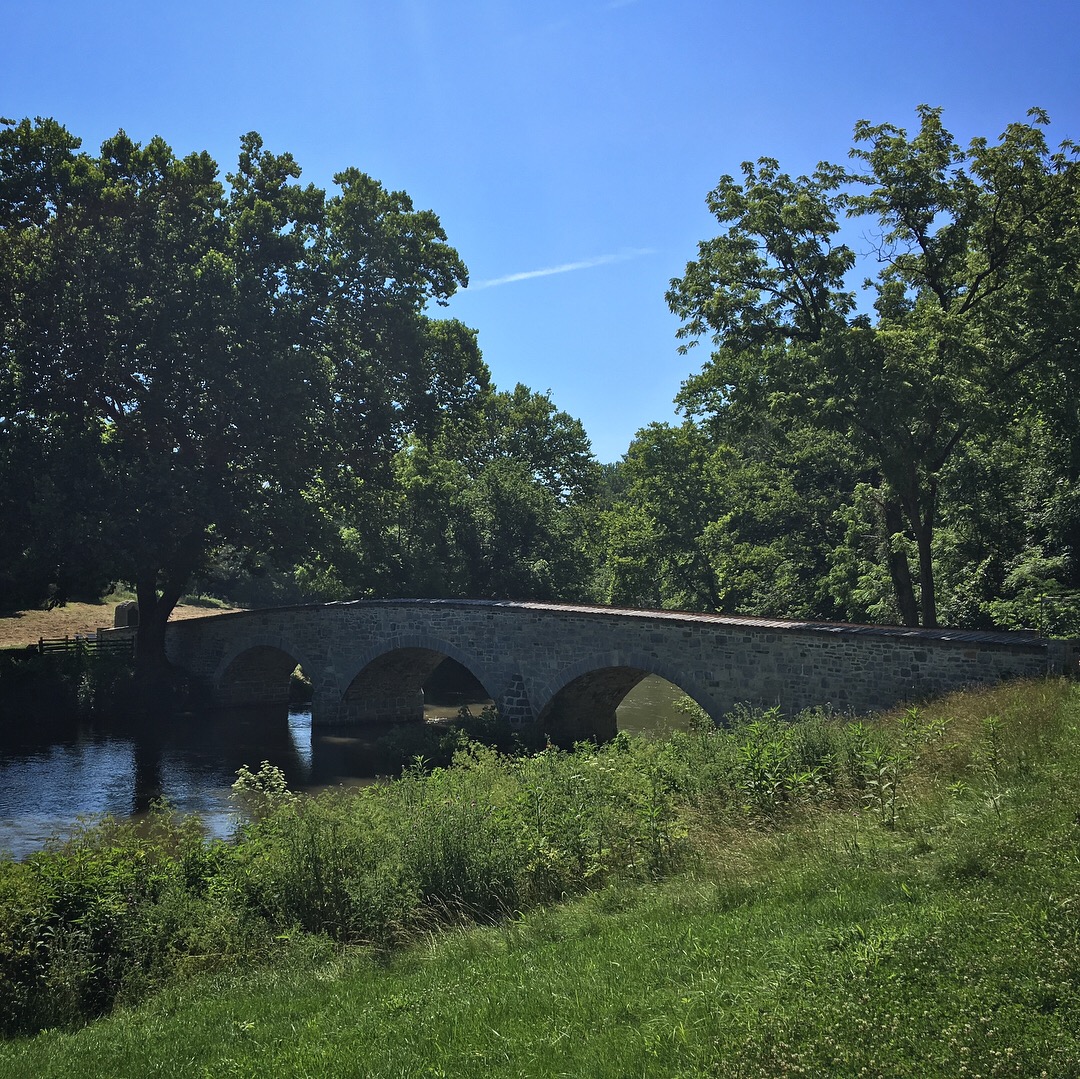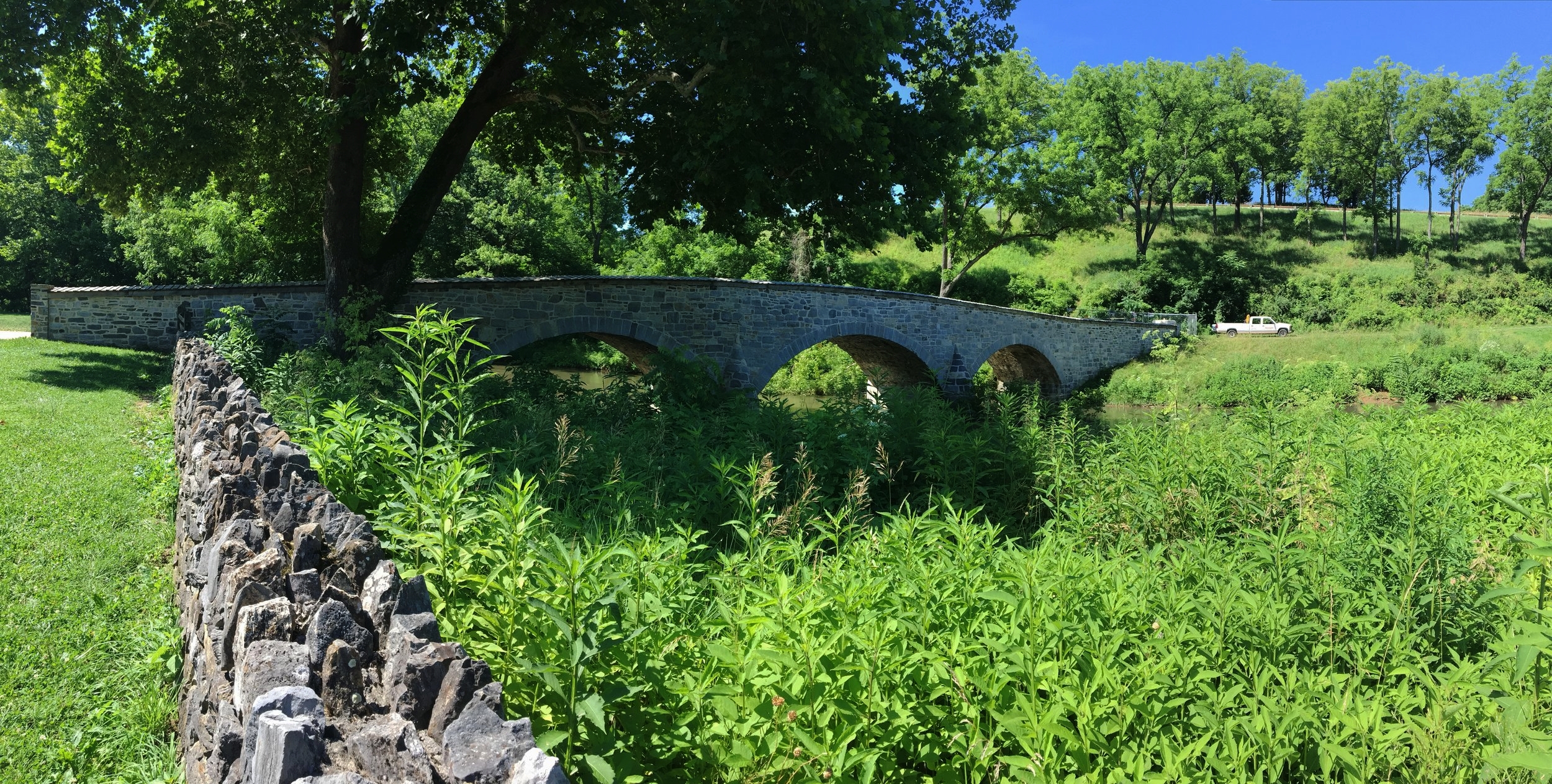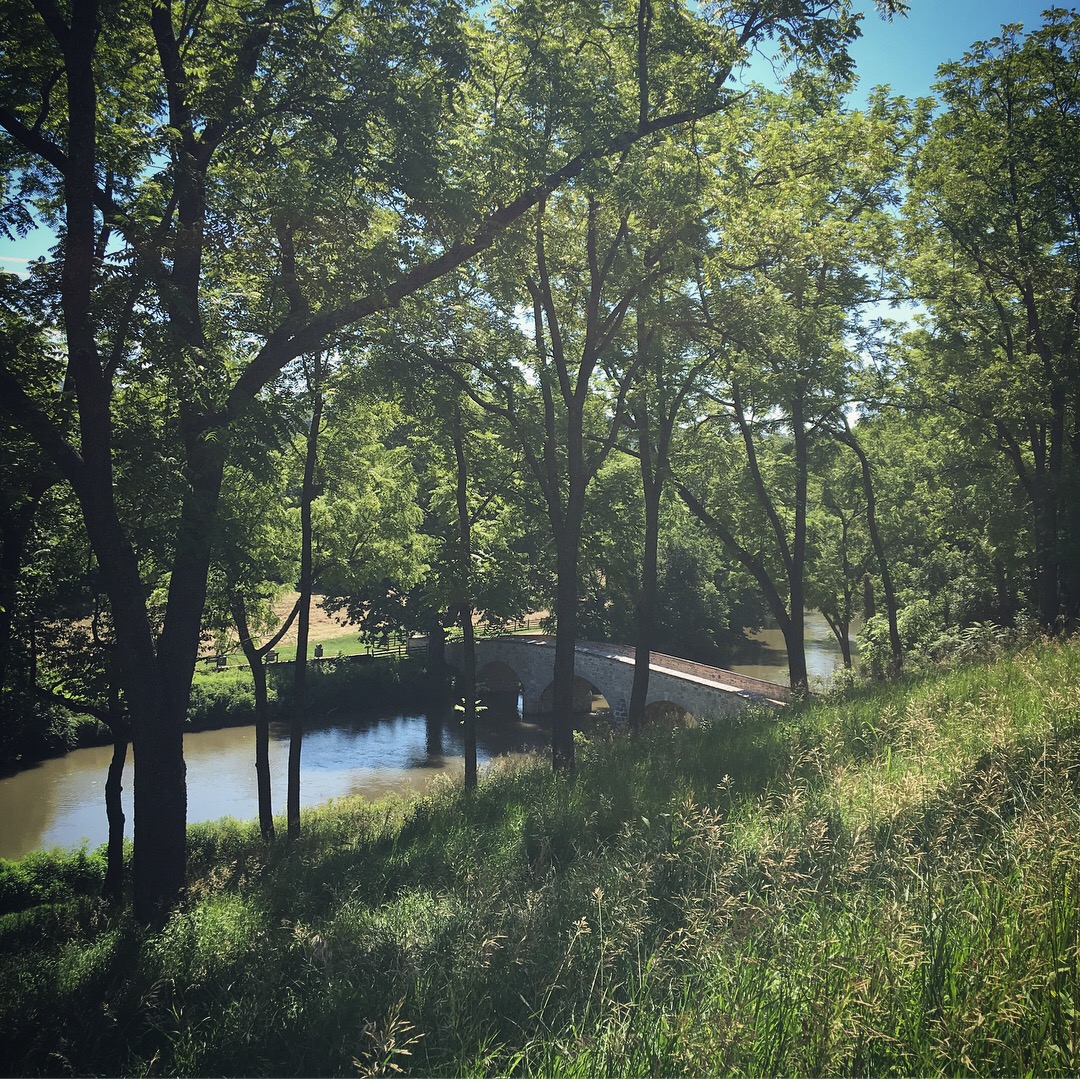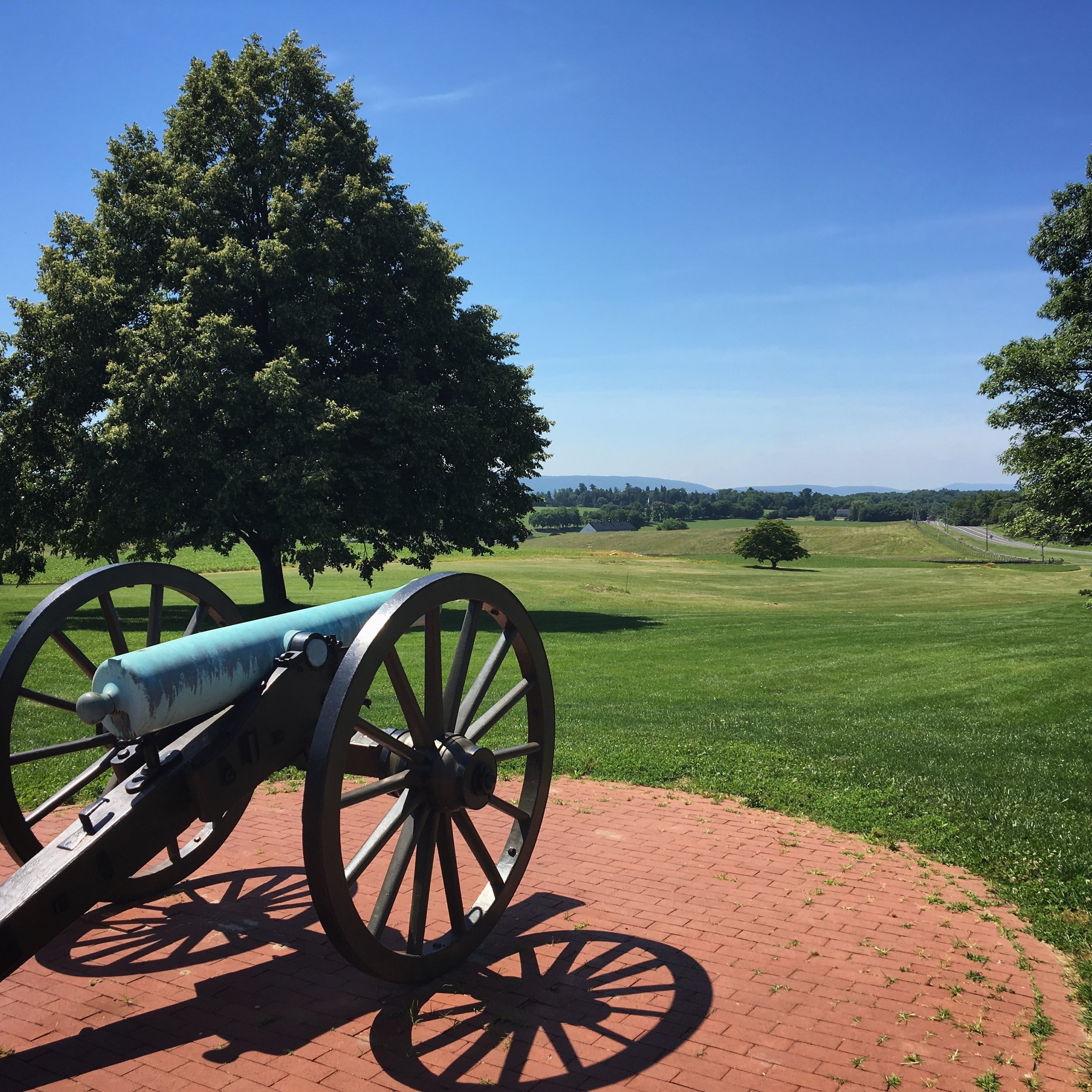A visit to Tulum
/“He thought too much fuss was made over all this ancient masonry. . . . It was all a great bore to him, the Maya business, except for the tourist aspect. It gave people the wrong idea about Mexico. Blinking lizards on broken walls.”
Last week, as part of a family trip to Mexico, I got the chance to visit my first Mayan city—the Yucatec town of Tulum. Having never been to this part of the world and having only studied it cursorily, I looked forward to an opportunity to learn a little more directly, on the ground. It was a great experience.
Tulum stands on rocky cliffs overlooking the sea on the Caribbean coast of the Yucatán Peninsula, about a third of the way between Cancun to the north and Belize to the south. The Mesoamerican Barrier Reef, which stretches from north of Cancun to Honduras, lies just offshore. A natural gap in the reef created by the undersea outlet of a freshwater underground river that flows into the ocean below the city played an important role in the siting of the city sometime around 800 years ago. Possibly more.
In the broader context of Mayan history, Tulum is a late post-classical city. The classical era—the one most people imagine, however vaguely, when they hear the word Maya—lasted about seven centuries, from c. AD 250-950. The post-classical period saw the diminution in size, population, influence, and order of the great classical city-states. Some were abandoned outright. Tulum was founded and flourished.
The playa at Tulum, now closed to the public as its shelter and ready supply of sargassum (the reddish brown seaweed visible along the shoreline) make it an excellent nesting site for sea turtles
Tulum is unusual in two respects. First, it sits on the coast, as a port. Though historians and archaeologists are discovering or recovering more and more about travel, communication, and trade throughout the Maya world, port cities are uncommon. That gap in the reef is the key. By aligning the city with the gap, Tulum allowed for the easy entry and exit of the large canoes used for trade up and down the Yucatán coast. A sheltered beach below a notch in the cliffs provided a natural dockyard. Further, the central political and religious complex of the city and its most important monumental building, the Castillo, were oriented to the gap in the reef. Not coincidentally, this the same direction in which the sun rises.
Second, Tulum is small. The city’s walls, greatly diminished but still impressive, enclose and protect a space 400 meters wide and 200 deep. Our guide, Pedro, estimated a population of 2,000, predominantly the city elite and traders, who lived in luxurious stone houses within the city walls. A larger population of farmers and slaves lived outside, growing the food.
So Tulum is no Chichén Itzá, perhaps the most famous late classical city, or the much earlier Tikal, but it has a unique history and its ruins are still impressive. Several houses, including two called the “palace” and “great palace” by archaeologists, have been excavated and partially reconstructed, but the centerpieces are the walls and the temple complex. Two smaller temples, the Temple of the Wind God and the Descending God Temple, sit atop the cliffs bracketing Tulum’s sheltered beach. The latter, presumably dedicated to a solar deity, has doorways aligning with the sunrise on the summer and winter equinoxes. On those days, dawn light shines straight through and clear across the city, striking a large stone in the outer walls.
Temple of the Descending God, visible upside down above the opening at the top of the stairs
But dominating the city is the Castillo, so named later, after the city’s abandonment, but in fact a combination temple and lighthouse. Canoes seeking to pass through the reef could aim for the Castillo. According to Pedro, fires were kept burning to help navigators aiming for the port.
The “great palace” in the foreground and the Castillo beyond
It also provided a stage for human sacrifice. Pedro proved refreshingly straightforward about this, indulging neither romantic notions that the victims offered were idealistic volunteers (something I’ve heard, absurdly, about the occasional victims of Viking human sacrifice, but never about the Maya) nor trying to diminish or explain away the practice. These were human sacrifices. Those offered were other Maya, captured in the ongoing internecine warfare characteristic of the ununified, warlike Maya world, and the offerings were meant to ensure good harvests, success in war, prosperity and stability for the city and all of its inhabitants.
That fact gives this sunny spot by the ocean, cooled by continuous breezes rushing in over the reef, an ominous aspect not unlike the Colosseum or some other ancient site of bloodshed. The intimacy, the smallness of the setting only strengthens this impression. Gladiator notwithstanding, it’s hard to visit the Colosseum and imagine it full of people celebrating bloodsport. At Tulum, it is easy to fill the avenues and plazas with people and visualize them staring up at the priests and doomed offerings. It’s easy because on the morning we visited, Tulum was full of people, and it is hard not to look up at the temple. Reverence comes naturally in a place like this.
The Castillo looms above the central plaza, the palace in the foreground, and dominates even the Temple of the Descending God at left
This in no way diminishes Tulum. It’s just a fact of the place, and Pedro treated it as such, explaining things gently but firmly. This is history—accept and understand it. I appreciated that approach.
The face of a god on the facade of the great palace, with yellow, red, and black paint still decorating the eye and nose
The human sacrifice and the dedication to astronomy that I’ve already mentioned are perhaps the two most famous aspects of Maya culture, but do not come close to expressing all of it. In addition to telling us about trade, the observation of the stars and the careful orientation and construction of Tulum’s monumental buildings, Pedro described the art and decoration of the city. Rather than bare stone, Tulum in its heyday was brightly painted with a variety of colors derived from natural pigments. The dominant color scheme was a bright turquoise, though reds, blacks, yellows, and other colors were used for murals or to accent sculpture.
On “the great palace,” in addition to the faces of gods sculpted in larger-than-life size into the masonry at the four corners of the building and reliefs of other gods—including the Descending God and a squatting goddess of birth and fertility—ritual scenes were painted inside. The paintings were still visible through the columns supporting the upper level. The faces of the gods still bore traces of yellow and red paint, and red handprints—artists’ signatures? marks of prayer? pure decoration?—showed plainly all over the building.
Tulum, as Pedro explained, was seen and described but never conquered by the Spaniards. It was abandoned in the 1540s. The pressures of war, overpopulation, and crop failure led the people of Tulum to pull up stakes and leave. And where did they go? Yet another unexplained aspect of the mysterious Maya?
That reputation, after all, has drawn people to ruins like Tulum from all over the world for the better part of a century. Charles Portis’s final novel Gringos, which I reread during the trip, is in no small part about the cranks and oddballs who all wind up in the Yucatán hoping to get something out of the Maya. The allure of the mysterious and the uncanny. But here Pedro was excellent as well. The city was abandoned, yes, later to be claimed by the jungle and rediscovered by European travelers exploring rumors of lost cities, but the people did not disappear. More than twenty Mayan languages are still spoken in Mexico, Belize, Guatemala, and Honduras.
There was much more I could describe and much more detailed information imparted by Pedro and the bilingual signage around the city, but I want to encourage y’all to visit for yourselves if you can. I came away with a strong impression of the strength and vibrancy, the ingenuity and ceremony, the good and the bad of a civilization even in its period of decline and of Tulum’s unique place in the broader Maya world. And visiting in person—seeing the centuries-old handprints on the great palace, staring up at the site of a long ago bloodstained altar, feeling the relief from the tropical heat borne from the sea by the wind—gave me a flesh-and-blood appreciation for the history I’ve previously only read about.
If you’re going to visit Tulum, let me corroborate a few things that a travel agent will probably tell you:
Dress comfortably and coolly, even if you’re visiting in the late winter, like we did.
Wear a broad-brimmed hat, and make sure it fits well. The closer you get to the cliffs the more likely it will be blown off.
Bring bottled water, and plenty of it.
Bring sunglasses and sunscreen.
Bring bug spray. We came well-equipped in this regard but had no trouble with insects whatsoever. But it can’t hurt to be prepared.
And a final, personal and historical bit of advice: behave yourself. Much of the ruins of Tulum are roped off and closed to the public—with armed federales at the entrance and local police hanging around, watching—because of vandalism. Per Mark Twain, “There have always been ruins, no doubt; and there have always been pensive people to sigh over them, and asses to scratch upon them their names and the important date of their visit.” Always have been, perhaps, but it doesn’t have to be you.
My wife and I have been back in the States for a week and have enjoyed going over our experiences on the trip, especially our visit to Tulum. I hope this rare travelogue will entice y’all to visit, too. In the meantime, I’ll conclude with a gallery of a few other photos from our visit.
